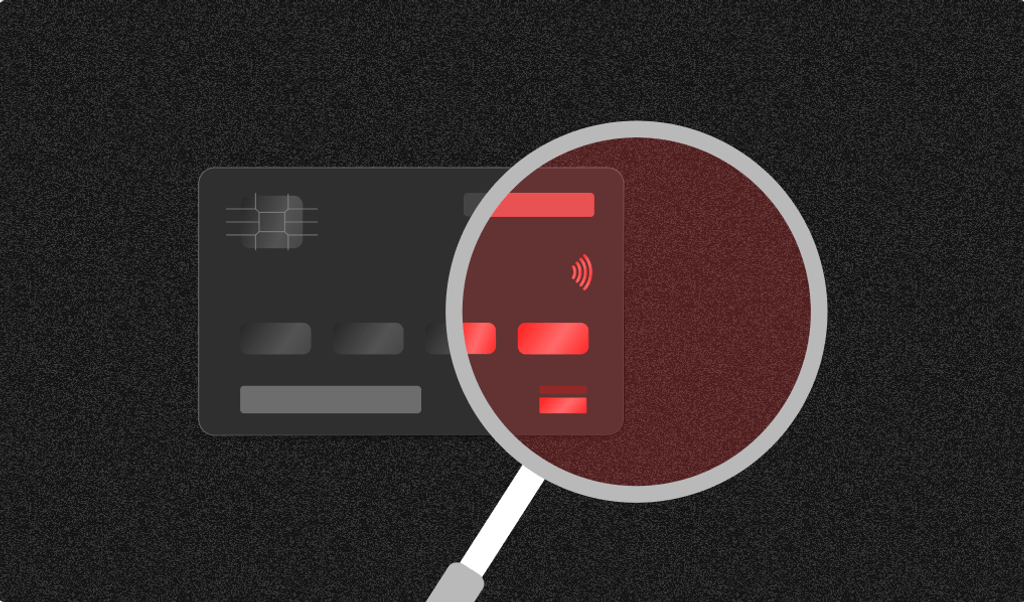
Gift cards are a convenient way to pick up a last-minute gift for someone when unsure what they might want. However, the rising popularity of gift cards has also led to an increase in gift card fraud. Fraudsters can easily dupe merchants into chargebacks since they don't need to be physically present at the time of purchase.
While gift card fraud can be a growing problem that can wreak havoc on consumers and online businesses, there is a solution. Using digital identity platforms such as Fingerprint can be the key to protecting customers and detecting fraud quickly.
According to the FTC's latest Consumer Protection Data Spotlight, reports in the Consumer Sentinel database reveal that "gift cards are the #1 payment method of choice for scammers, leading to a reported $148 million stolen from consumers."
In this article, we will discuss gift card fraud, how some of the most common scams work, and how online businesses can use digital identity platforms to stay ahead of scammers and prevent chargebacks.
What is gift card fraud?
Gift card fraud involves the use of gift cards for illegitimate purchases. This type of fraud usually involves either the theft of gift card numbers or the use of social engineering to trick people into buying gift cards for fraudsters. Gift card fraud can occur online as well as in-store at physical establishments.
Why do hackers ask for gift cards?
Hackers often ask for gift cards because of the anonymity and lack of security. Gift cards provide anonymity that other payment methods can't match. Since gift cards lack security features, they are ripe for hackers to exploit and use to trick unsuspecting victims out of their money.
Gift cards can also be purchased with cash, which does not require any personal information from the buyer. This allows scammers to slip under the radar when accessing gift cards.
Unlike credit cards or payment methods like Google Pay or Apple Pay, gift cards usually lack the same security features. As a result, they are a prime target for fraudsters who can take advantage of vulnerabilities within the gift card system to obtain funds illegally. Gift cards can also be purchased with cash, which does not require any personal information from the buyer. This allows scammers to slip under the radar when accessing gift cards.
Moreover, gift cards are a convenient payment option that can be used in-store and online and sent through various digital means like email or text messages. Unfortunately, this ease of use also makes gift cards an increasingly common method for scammers looking for quick ways to turn their fraudulent gains into cash.
Types of gift card fraud
Gift card fraud can take many forms, and each tactic has unique methods and characteristics. Tracing gift card activity is challenging for retailers and online businesses since fraudsters often don't need to reveal any identifying information and can even use stolen payment methods to buy gift cards.
Gift card refund fraud
Refund fraud is the most commonly reported type of gift card fraud. It involves a fraudster fraudulently purchasing an item from an online store using a stolen credit card, only to return the item for a refund via a gift card. This enables fraudsters to receive the goods for free and leave the actual owner of the stolen credit card liable. As they usually file a chargeback with their bank, businesses often feel the brunt of this fraud through not being paid and losing out on their product.
Account takeover
Account takeover is when fraudsters gain access to a customer's online account. Once they have access, they can make small gift card purchases that may not be detected quickly. The scammer will cash out the gift cards and cause loss to the consumer and the business. The consumer will likely file a chargeback to regain their money, and the business can face fees and damage to their reputation. This makes account takeover a dangerous type of refund fraud that businesses must take seriously to protect both customers and their revenue.
Triangulation
Another common gift card scam is known as triangulation. As the name suggests, this method uses a triangular pattern, where fraudsters purchase goods from a legitimate seller using an anonymous gift card while simultaneously using stolen credit card information to purchase the same item from another online retailer. The fraudster then ships the purchased item to the gift card purchaser's address and cashes out the gift card balance before the fraud is discovered. This leaves legitimate sellers with a nonexistent inventory and an inevitable chargeback–potentially costing thousands of dollars in damages.
How businesses can prevent gift card fraud
With many ways for scammers to sidestep security measures and fool the average consumer, it is often up to the business owner to prevent gift card fraud. After all, the seller is usually responsible for the costs and lost inventory. So, what can an online business do to avoid scams?
Place limits on large or repeated gift card purchases
Online businesses can prevent gift card fraud by limiting large or repeated gift card purchases. Fraudsters frequently attempt to purchase many gift cards at once, often far more than a typical user might do. To combat these schemes, businesses can implement limits on the number of gift cards that can be purchased in a single transaction and within a specific time frame. This can help reduce the risk of gift card fraud and protect customers from financial harm.
Implement user identification and fraud detection software
Additionally, businesses can implement user identification and fraud detection software to stay ahead of scammers and hackers. Monitoring gift card activity from sale to redemption and looking for red flags can help businesses quickly detect any suspicious patterns or activity, such as when several new card balances are funneled into a single account.
Fingerprint offers a digital identification solution that prevents fraud with industry-leading accuracy. Fingerprint helps you accurately identify your users across all touchpoints - from login to payment - to detect and prevent fraudulent transactions before they happen.



